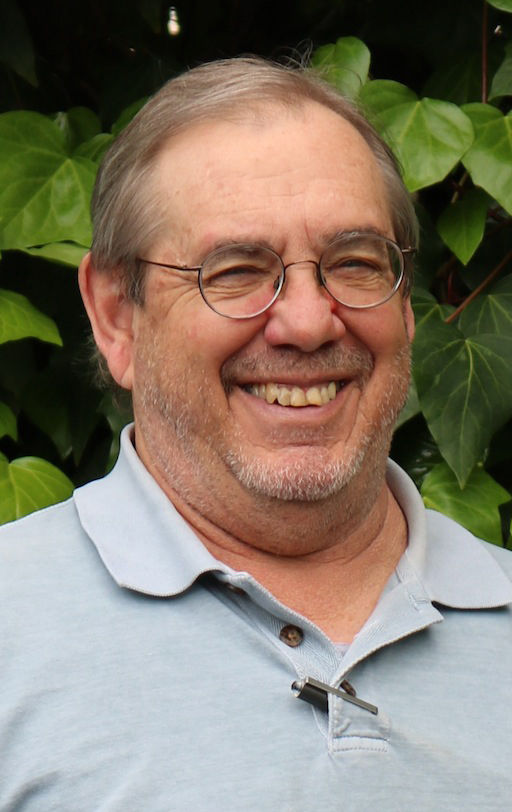It’s only just beginning. Hundreds and hundreds of first-person accounts of both tragedy and loss and heroics and generosity will soon grow into thousands of interwoven threads that will become the history of the firestorm of October 2017. With time, the beginning hours of the wind-whipped firebombs and mass evacuations that started with a spark on Oct. 7 and 8 will be joined in historic texts by countless tales of rescue, relief and recovery.
The rest of this story will take years to finish. Yet, we feel as if we already know how the hardbound version of the Tubbs Fire will end. We see a bright and hopeful finale where Sonoma County people will have rebuilt their largest city, brought lives back together and reconstructed neighborhoods and local businesses out of pride and philanthropy. We will not be surprised if new civic landmarks or public highlights are also celebrated.
There will be more than one chapter written about the skills, rapid response and inexhaustible devotion of our first responders. Almost 100,000 people had to flee the threat of fire and death amid choking smoke and fear, yet there was no extra loss of life or undue catastrophe. Law enforcement and government officials — especially our elected representatives — were exemplary in their leadership, communication and command.
But all this is just the beginning. The entirety of life in Sonoma County — and not just the lives of direct victims of the Tubbs, Pocket, Nuns, Sulphur and other fires — is days and weeks away from regaining normalcy. Almost all places of business, schools, extended families and county institutions have been touched by losses of jobs, property, business partners and friends.
How can we describe a Sonoma County without a final wine grape harvest? Church services, civic club meetings and even the annual open studio Art Trails event were all cancelled or postponed. There will be no music at the beloved Luther Burbank Center for the Arts for a long time. The next big joy we will celebrate will be the return of blue skies and fresh autumn air.
As many as 3-4 persons out of every 100 county residents lost their house to the series of fires being joined under the name “Central LNU Complex.” Rehousing all the families is a community challenge that exceeds our capacity to understand at this moment. Where can all those people find shelter? How long will this take? We know we do not have enough spare bedrooms or temporary shelters for such a large population that includes teachers, firemen, health care workers, corporate leaders and many elderly people. The displacement of thousands of these Sonoma County residents to distant locations will be one of the fire’s saddest chapters.
The Lake County Valley Fire destroyed 1,260 homes in September 2015, only one-fifth the number lost in Sonoma County. Two years later, only a few hundred Lake County homes have been rebuilt, although lots of private donations and government grants have been forwarded and despite the overall recovery being very well coordinated. It now offers many lessons for Sonoma County. Two common sources of relief and recovery remain the Red Cross and the North Bay Fire Relief Fund, led by the Redwood Credit Union.
Before we get to the final chapters of the firestorm, we need to write several chapters titled Patience, Perseverance and Pride. In these early days, everyone is eager to volunteer and make donations. We need to sustain this spirit of neighbor helping neighbor for a long, long time.
The story of fire recovery will need some surprising chapters, too. Lessons from the Valley Fire and elsewhere prove that FEMA, insurance payments and other government grants will not be enough. We will need legions of neighbors to help rebuild entire neighborhoods and community structures. Let’s call them our second responders.








